Horses are beautiful and majestic creatures that require proper care and attention to ensure their well-being. One essential aspect of horse care is providing them with a healthy and balanced diet. One way to achieve this is by using a slow hay feeder, which can help regulate their hay intake and reduce wastage. In this article, we will discuss how to make a slow hay feeder for horses, providing a cost-effective and efficient solution for horse owners and caretakers.
Materials Needed
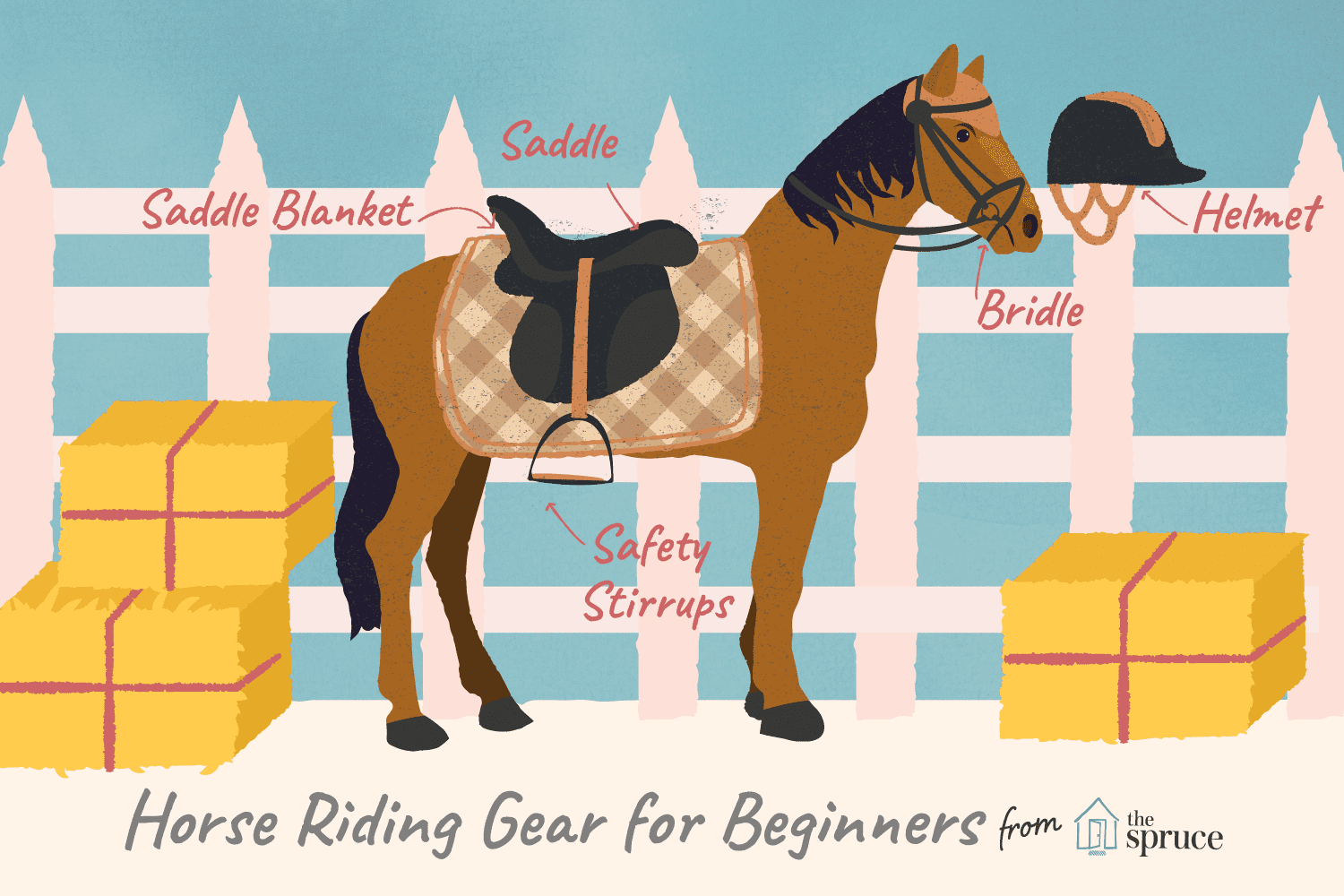
Before we dive into the process of making a slow hay feeder, let’s gather the necessary materials. Here’s what you will need:
1. PVC Pipes
PVC pipes are a versatile and affordable material that can be used to create the frame of the slow hay feeder. The size and quantity of PVC pipes will depend on the desired dimensions of the feeder.
2. PVC Connectors
To assemble the PVC pipes into the desired shape, you will need a variety of connectors such as T-joints, elbow joints, and couplings.
3. Nylon Netting
Nylon netting will be used to create the mesh panels of the feeder, allowing the horses to access the hay while controlling the rate of consumption.
4. Zip Ties
Zip ties are essential for securing the nylon netting to the PVC frame, providing a sturdy and durable construction.
5. Saw (optional)
A saw may be required to cut the PVC pipes to the desired lengths, depending on the availability of pre-cut pipes.
6. Measuring Tape
To ensure precision and accuracy during the assembly process, a measuring tape will be necessary to determine the exact dimensions of the feeder.
7. Marker
Marking the PVC pipes for cutting and assembly will be made easier with the use of a marker, allowing for clear and precise guidelines.
Building the Frame
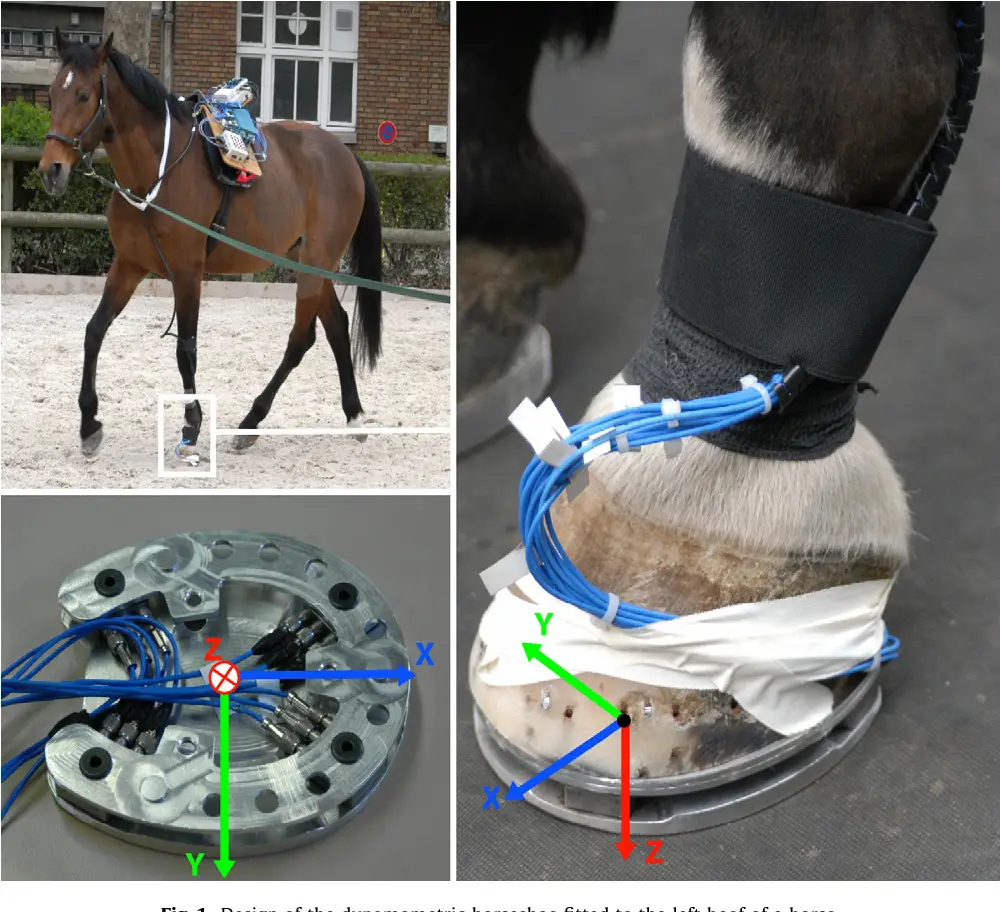
Now that we have all the materials ready, let’s begin constructing the frame of the slow hay feeder. Follow these steps to create a sturdy and functional structure for the feeder.
Step 1: Cutting the PVC Pipes
Using a measuring tape and marker, measure and mark the PVC pipes according to the desired dimensions of the feeder. If necessary, use a saw to cut the pipes to the appropriate lengths.
Step 2: Assembling the Frame
Start by connecting the PVC pipes using the PVC connectors. Depending on the design of the feeder, use T-joints, elbow joints, and couplings to create a rectangular or square frame with vertical and horizontal sections.
Step 3: Adding Stability
For added stability, consider adding support legs to the frame by attaching additional PVC pipes at the bottom corners. This will prevent the feeder from tipping over when in use.
Creating the Mesh Panels

With the frame in place, the next step is to create the mesh panels that will hold the hay and regulate the horse’s access to it. Follow these instructions to complete this crucial component of the slow hay feeder.
Step 4: Measuring the Netting
Using a measuring tape, determine the dimensions of the mesh panels needed to cover the open sides of the PVC frame. Cut the nylon netting to the appropriate sizes, leaving some excess material for securing it to the frame.
Step 5: Attaching the Netting
Secure the nylon netting to the PVC frame using zip ties. Start by fastening the netting to one side of the frame, ensuring it is taut and securely attached. Continue this process for the remaining sides, adjusting the tension as needed.
Finishing Touches
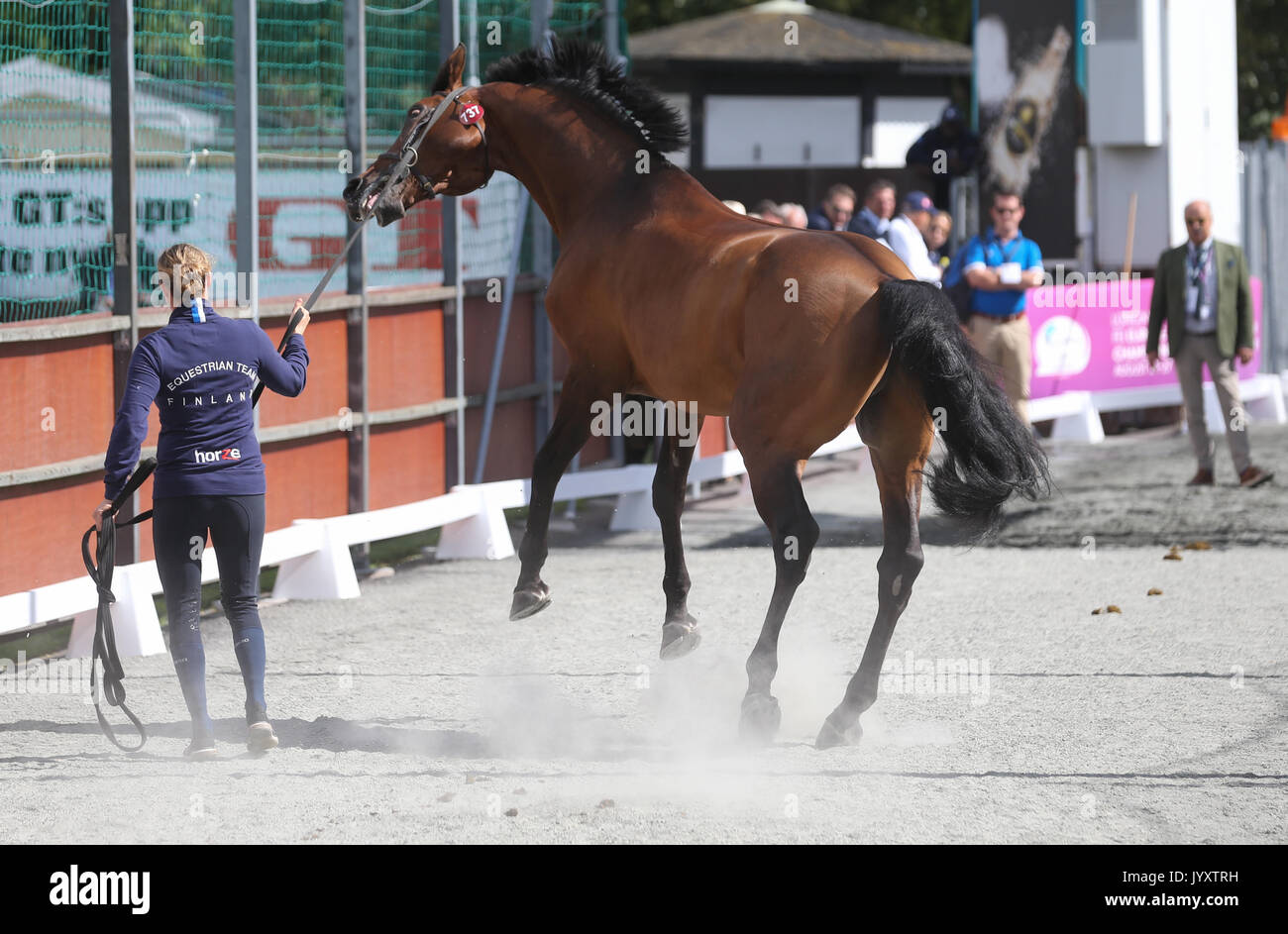
With the frame and mesh panels assembled, the slow hay feeder is nearly complete. However, a few finishing touches can enhance its functionality and durability.
Step 6: Reinforcing the Connections
Inspect the PVC connections and ensure they are firmly secured. Use additional zip ties if necessary to reinforce the attachment points and prevent any wobbling or instability.
Step 7: Smooth Edges
Check for any rough or sharp edges on the PVC pipes and connectors. Use sandpaper to smooth out these areas, reducing the risk of injury to the horses as they access the feeder.
Step 8: Testing the Feeder
Before placing hay in the feeder, perform a thorough inspection to ensure that all components are securely in place. Test the sturdiness of the frame and the tension of the mesh panels to verify that the feeder is ready for use.
Benefits of a Slow Hay Feeder
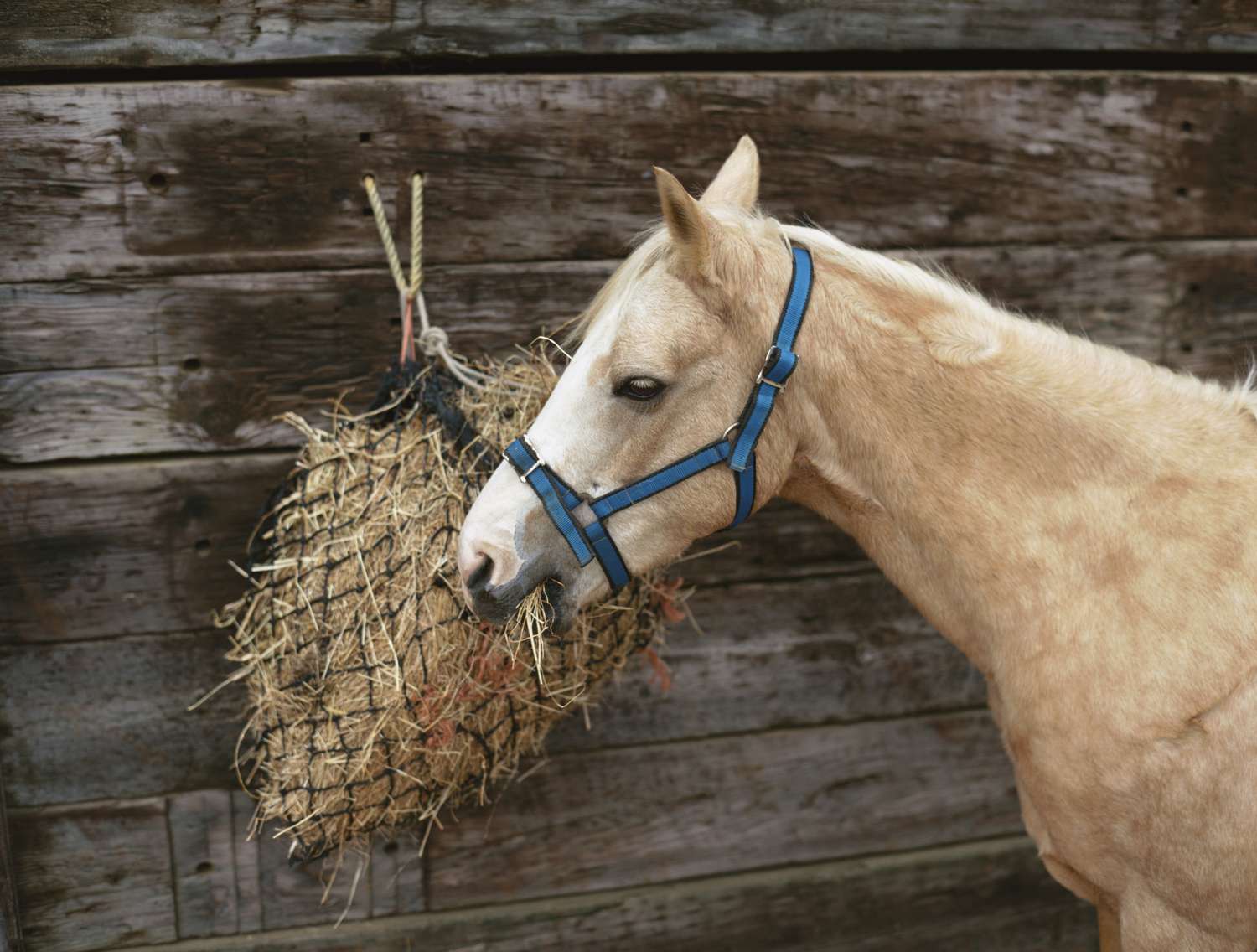
Now that the slow hay feeder is complete, let’s explore the benefits it offers for both horses and their caretakers.
1. Controlled Hay Intake
By regulating the rate at which horses can access the hay, a slow hay feeder helps prevent overeating and reduces the risk of digestive issues such as colic.
2. Minimized Wastage
With the hay contained within the feeder, there is less opportunity for horses to trample or soil it, reducing wastage and saving on feed costs.
3. Mental Stimulation
Using a slow hay feeder encourages natural foraging behavior in horses, providing mental stimulation and alleviating boredom, especially for horses that are stabled for long periods.
4. Easy Maintenance
The design of the slow hay feeder allows for easy filling and cleaning, simplifying the daily care routine for horse owners and caretakers.
If you’re passionate about caring for horses and want to learn more about horse feeding, our articles on how to build a horse feeder, how to make saddle pads for horses, and how to get a horse to eat grain could provide valuable insights.
Conclusion
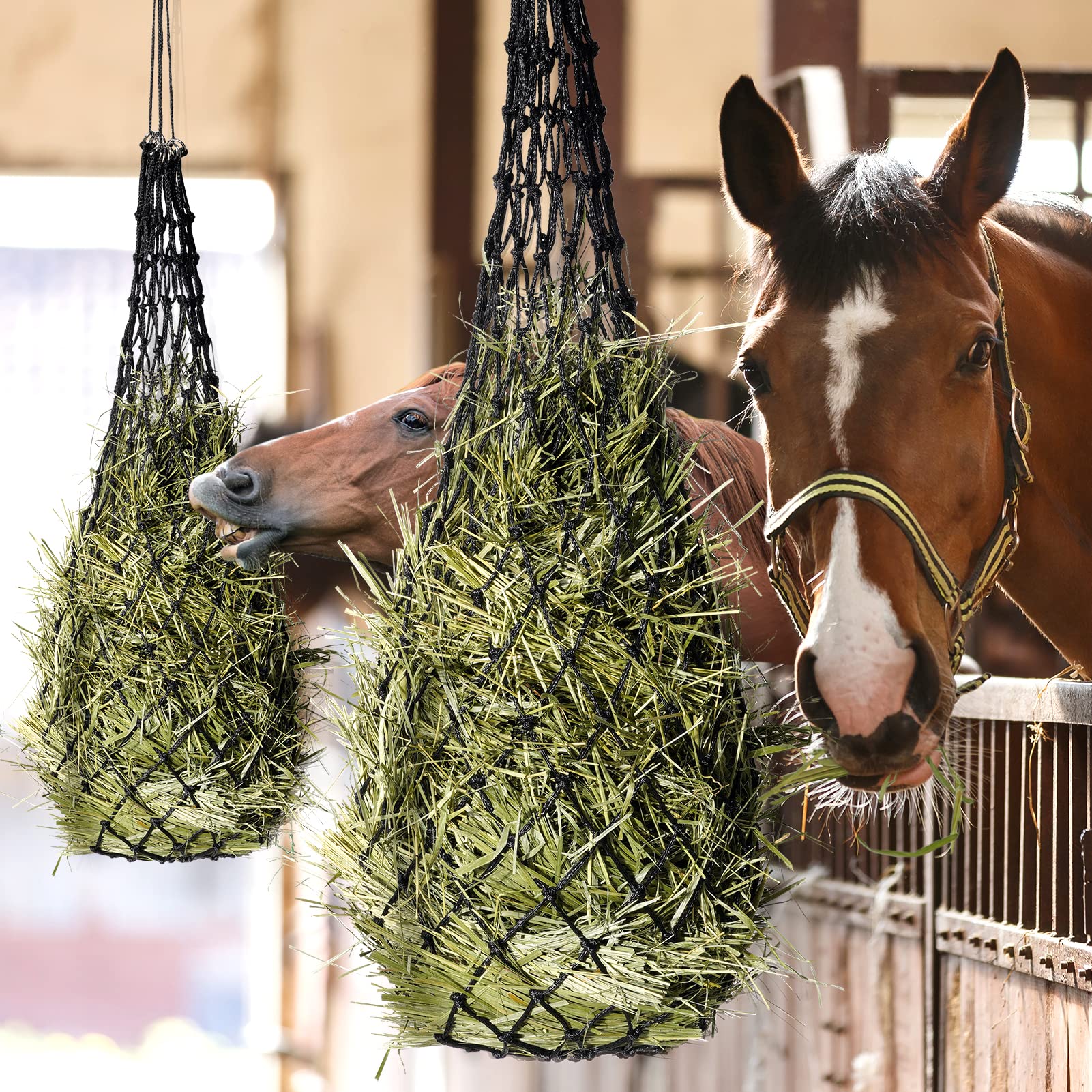
In conclusion, a slow hay feeder is a valuable addition to any horse care regimen, promoting healthy eating habits and reducing hay wastage. By following the simple steps outlined in this article, you can create a cost-effective and efficient slow hay feeder for your horses, ensuring their well-being and satisfaction. Incorporating this feeder into your horse management practices can lead to happier, healthier horses and a more streamlined feeding process for you as well.



